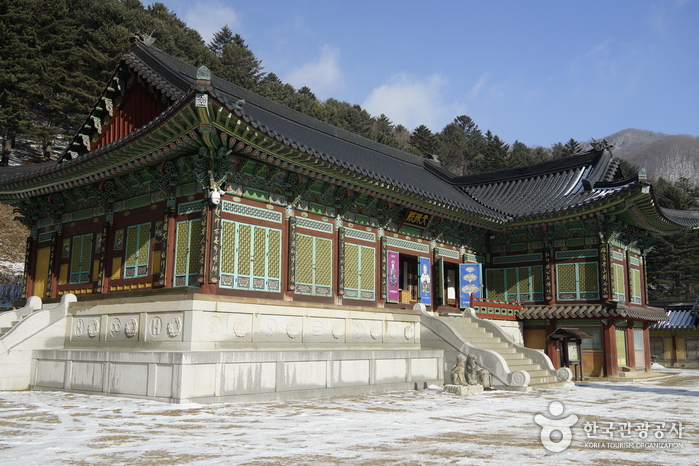
Sangwonsa Temple
Sangwonsa Temple is located 8 kilometers north of Woljeongsa Temple. The temple was built by Buddhist monk Ja Jang in the 12th year of Silla Queen ...

Sangwonsa Temple is located 8 kilometers north of Woljeongsa Temple. The temple was built by Buddhist monk Ja Jang in the 12th year of Silla Queen ...
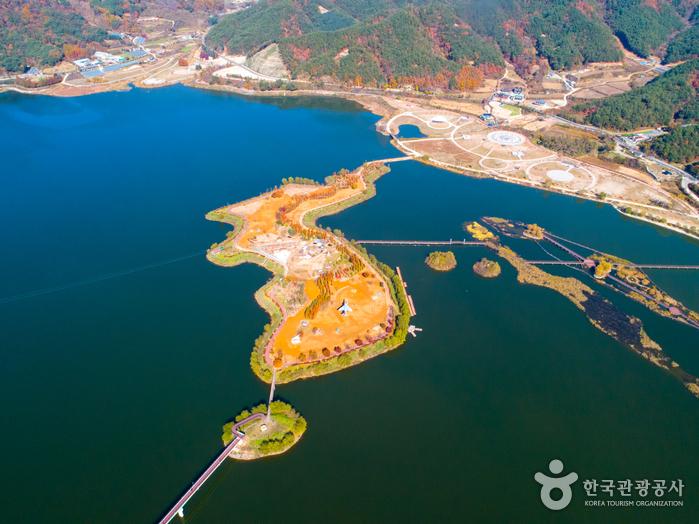
Paroho Lake is a manmade lake that was completed in 1943. The lake was created due to the construction of a hydraulic power plant in Hwacheon durin...
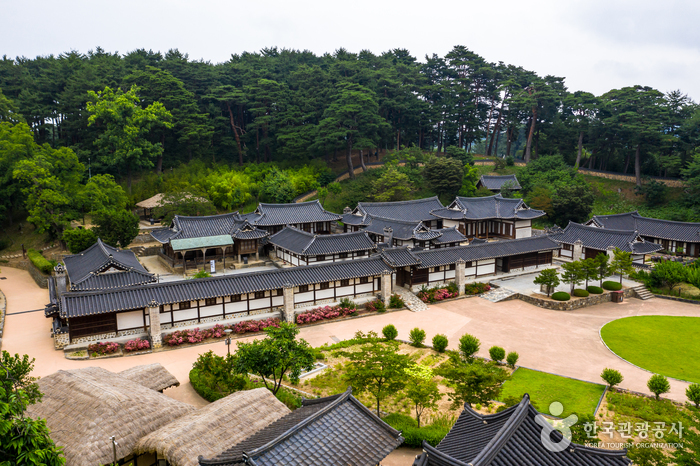
Seongyojang House is the former upper class residence of Lee Nae-beon (1703-1781) and his family in Gangneung, Gangwon-do. It was designated as a ...

Pak Kyongni House is a place to explore the life and works of prominent novelist Pak Kyongni. The house's theme was based on Pak Kyongni's well-kn...
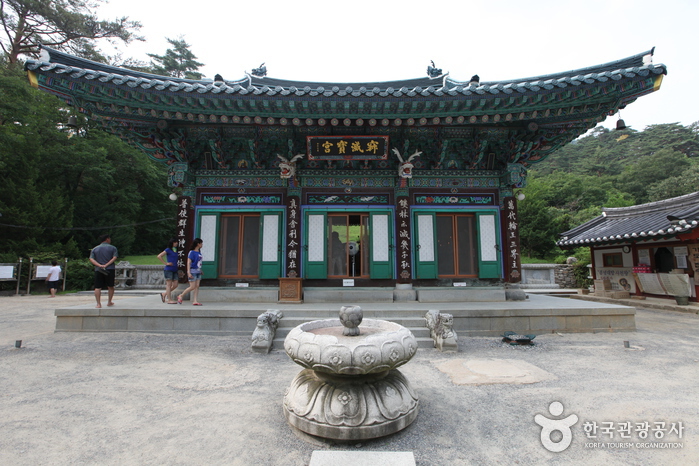
Beopheungsa Temple was created by Jajangyulsa in 647, called Heungnyeongsa Temple at the time, under the reign of King Jindeok of Silla to enshrine...

Jiktangpokpo Falls is location in the middle of Hantangang River, which runs through town of Dongsong-eup in Cheorwon. Unlike other falls, Jiktangp...

The Sokcho Museum is a cultural experience center where visitors can learn about and experience Sokcho’s history, culture, and natural environment,...
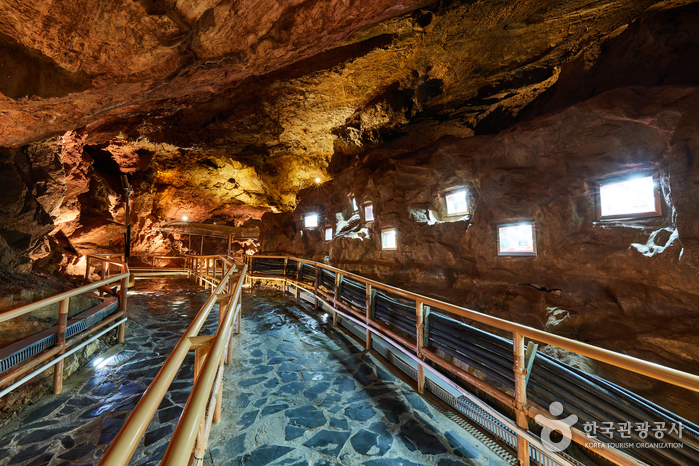
Cheongok Golden Bat Cave in Donghae is the only natural cave in Korea located in a downtown area. Estimated to have been created 400 to 500 million...

Taebaeksan Mountain range encompasses several peaks such as Yeongbong Peak (alt. 1,560 m), where in the past, people would conduct rites to venerat...
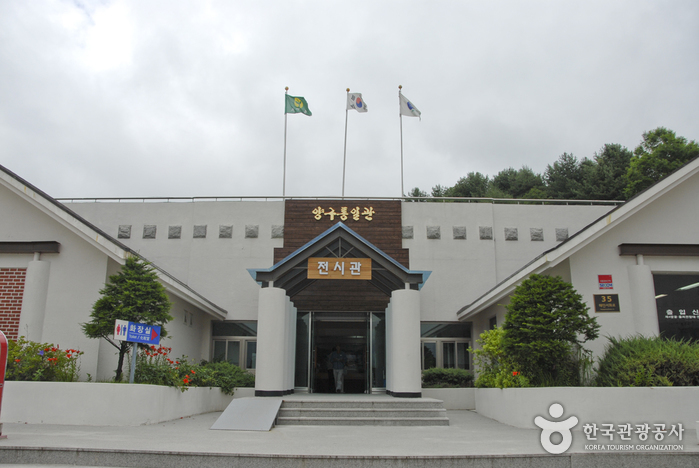
The Yanggu Unification Hall is located in the northernmost part of the Civilian Control Zone in Haean-myeon, Yanggu-gun. It was built and opened to...
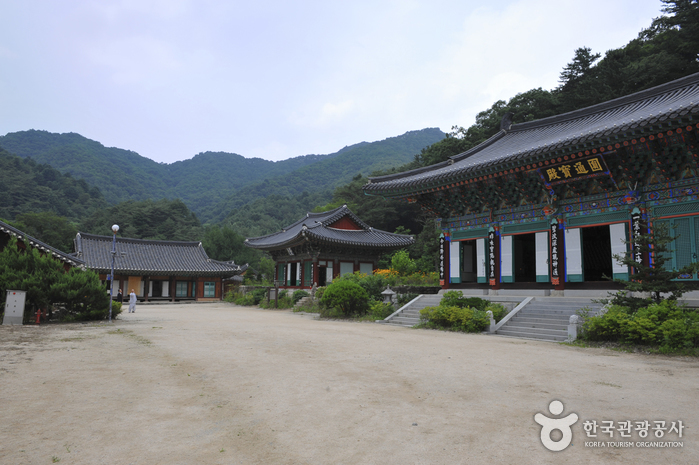
Gongjaksan Mountain (887 m), home to Sutasa Temple and named for its resemblance to a peacock proudly displaying its tail feathers, gives visitors ...
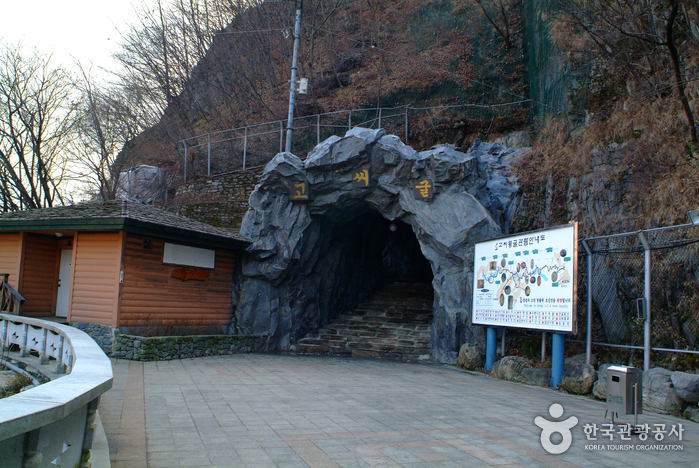
Gossigul Cave was designated as a Natural Monument on June 4, 1969, getting protection from the government for its educational and natural values. ...

Cheongchoho Lake, located in the center of Sokcho city, is a large natural lake with a circumference of 5 m and an area of 1.3 km2. The source wate...

Gyeongpo Provincial Park was officially opened on June 26, 1982. It houses many cultural assets and memorial sites centered around Gyeongpodae Pavi...
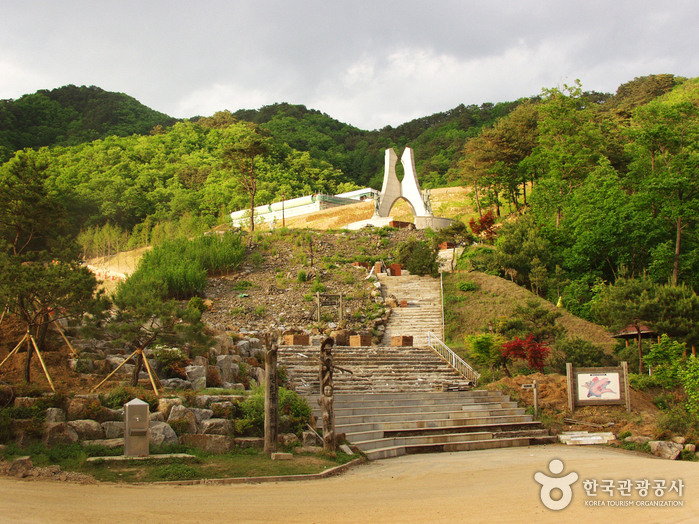
Peace Dam was built over a period of 15 months from February 1987 to May 1988 with funds donated by the general public in response to North Korea’s...

Chuncheon Culture & Art Center (CCAC) is a leading performing and visual arts center located in the city of Chuncheon. The performance halls featur...
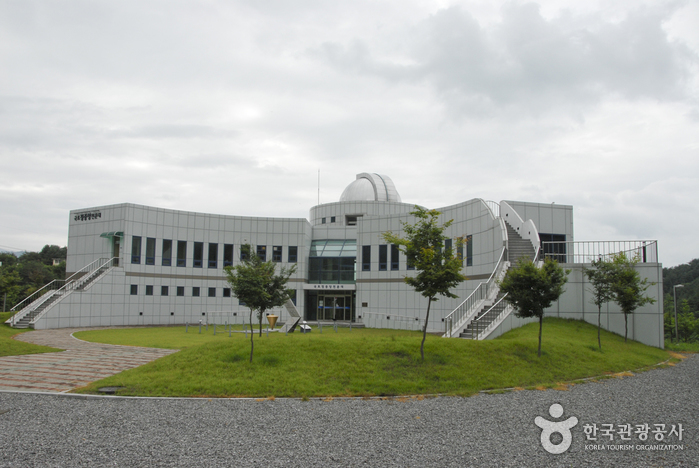
The Center of Korea Observatory in Yanggu-gun is named for its location at the center of the Korean Peninsula. It is equipped with an 80-centimeter...

Lee Hyo-seok Memorial Hall was opened on September 7, 2002 during the Hyoseok Cultural Festival to celebrate the literary contributions and display...
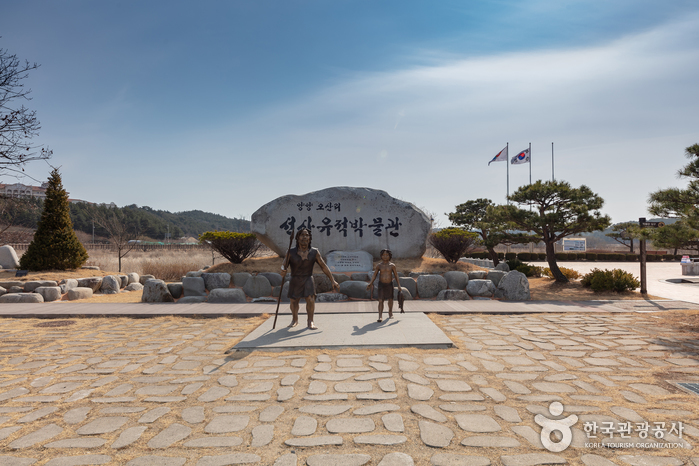
Osan-ri Prehistory Museum is dedicated to preserving, researching, and exhibiting artifacts found in the Archaeological Site in Osan-ri, Yangyang. ...
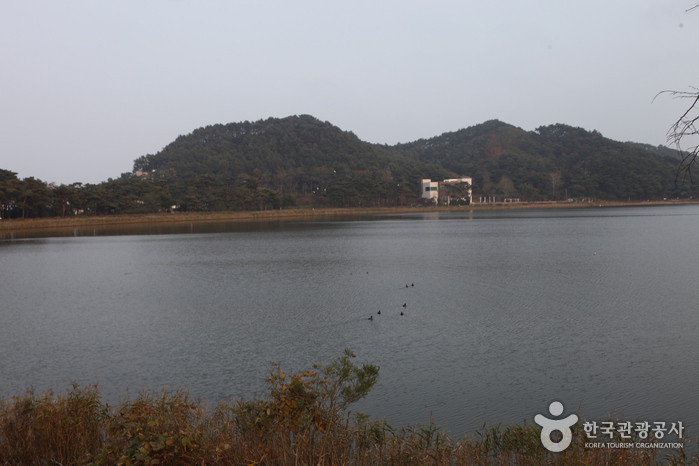
Hwajinpo Lake is the largest lagoon in Korea with its sand made from seashells and rocks that were broken down over thousands of years. With soft s...